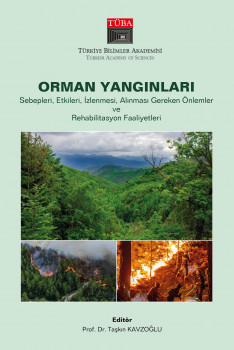The Effect of Forest Fires on Wildlife and Habitat Restoration After Fire

The Effect of Forest Fires on Wildlife and Habitat Restoration After Fire
Every year, forests are exposed to more fire risks with the effect of global climate change. The Covid-19 pandemic, which has been experienced in recent years, has changed the perspective of human beings towards nature, and the needs and demands of people living in cities to use nature have increased day by day. When these two elements come together, it is inevitable that the risk of fire will increase in fire-sensitive ecosystems. One of the living groups most affected by this situation is wild animals. In the burned areas, not only the tree communities but also the entire forest ecosystem has been damaged. In particular, wildlife is adversely affected by fires in the short term, and hundreds of wild animals die. Therefore, rehabilitation and restoration of forests after fire emerges as an element that should be planned together with wildlife in terms of the sustainability of forest ecosystems. For this reason, all burned areas should not be renewed with the same method and decision mechanism, and decisions specific to the wildlife and habitat should be taken.
